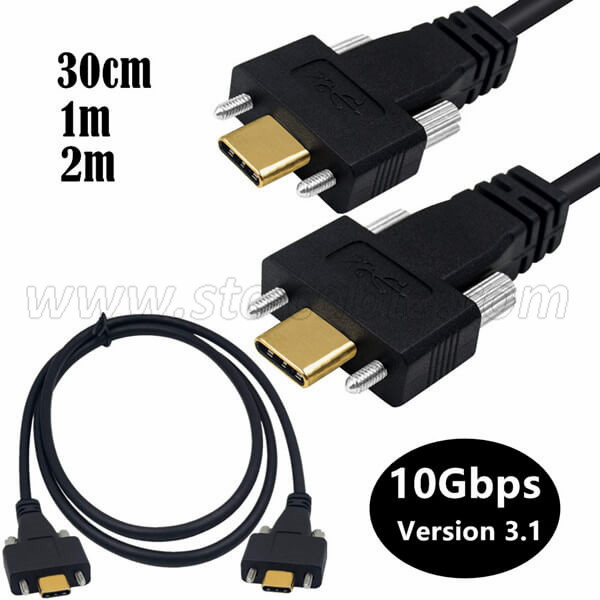How to buy a USB-C cable?
Buying a USB-C cable involves considering several factors to ensure you get a product that meets your specific needs. Here’s a step-by-step guide to help you make an informed purchase:
1. Identify Your Needs
a. Purpose:
Charging: Do you need the cable primarily for charging your device? Consider the power delivery requirements.
Data Transfer: Are you looking to transfer files or sync data? Check for data transfer speeds.
Video Output: Will you use the cable to connect to an external display? Ensure it supports USB-C Alternate Mode.
b. Device Specifications:
Power Requirements: Check the wattage needed for fast charging or power delivery (e.g., 18W, 60W, or 100W).
Data Speed: For high-speed data transfer, look for USB 3.1 Gen 1 or Gen 2 cables.
Video Compatibility: Ensure the cable supports the video output features of your device.
2. Choose the Right Cable Specifications
a. Charging Power:
Standard Charging: 18W to 60W cables are generally sufficient.
Fast Charging: Opt for cables that support 100W if you need fast charging for laptops or high-power devices.
b. Data Transfer Speed:
USB 2.0: Up to 480 Mbps, suitable for basic data needs.
USB 3.1 Gen 1: Up to 5 Gbps, good for faster data transfer.
USB 3.1 Gen 2: Up to 10 Gbps, ideal for high-speed data transfer.
c. Build Quality:
Materials: Look for cables with reinforced connectors and durable materials like braided nylon.
Length: Choose a length that fits your usage, typically ranging from 3 to 6 feet.
3. Check Compatibility and Certification
a. Compatibility:
Ensure the cable is compatible with your devices’ ports and supports the features you need (e.g., power delivery, data transfer, video output).
b. Certification:
Opt for cables that are USB-IF (USB Implementers Forum) certified to guarantee they meet industry standards for safety and performance.
4. Research Brands and Reviews
a. Reputable Brands:
Consider brands known for quality USB-C cables, such as Anker, Belkin, Aukey, and Cable Matters.
b. User Reviews:
Read reviews and ratings from other users to gauge the cable’s reliability, durability, and performance.
5. Compare Prices
a. Budget:
Determine your budget and compare prices across different brands and retailers. Higher-priced cables often offer better build quality and performance.
b. Value:
Ensure that the price aligns with the cable’s features and quality. Sometimes spending a little more can provide better durability and performance.
6. Purchase
a. Retailers:
STC manufacturers’ websites are good places to buy. They often provide detailed product information and customer reviews.
b. Warranty and Return Policy:
Check if the cable comes with a warranty or return policy in case it doesn’t meet your expectations or has defects.
7. Test the Cable
Once you’ve purchased the cable, test it with your devices to ensure it meets your charging, data transfer, or video output needs.
Summary Checklist
1. Identify the purpose (charging, data transfer, video output).
2. Check device specifications (power, data speed, video output).
3. Select cable specifications (power delivery, data transfer speed, build quality).
4. Verify compatibility and certification.
5. Research brands and read reviews.
6. Compare prices and purchase from a reputable retailer.
7. Test the cable to ensure it meets your needs.
By following these steps, you can ensure you select a USB-C cable that meets your requirements and provides reliable performance.
Send your message to us:
Post time: Sep-16-2024
